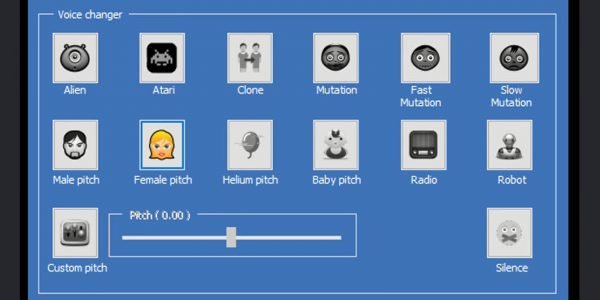The plastic injection molding industry, which includes blow molding and stretch-blow molding, is currently experiencing a lot of growth. With the increasing demand for plastic products throughout many industries, manufacturers are using this production method to produce everything from plastic mugs to airplane parts. However, one major factor that continues to plague manufactures is injection molding defects, especially among larger manufacturers.
Flaws within a product’s design or a manufacturer’s process can lead to injection molding defects, including misalignment, material flow problems, and voids. While these flaws are inevitable because of various factors, minimizing them allows for manufacturers to create high-quality products that will not only satisfy customers but also decrease the risk of faulty products and recalls, as well as improve the bottom line.
When trying to create a product, there are many factors that must be considered by manufacturers, such as complex geometries, tight tolerances, and more. This reduces the number of potential suppliers who can produce parts for those companies because it requires a high level of engineering knowledge to design molds and injection machines. In order for manufacturers to produce parts on a more regular basis, they must have injection molding machines available.
A plastic mold is only as good as the ability of the manufacturer who operates it. To keep a machine running, there are bound to be problems that arise with its performance. This article will detail the most common problems that could occur and how to correct or prevent them.
Table of Contents
Types of defects that can occur during the plastic injection molding process
Bubbling or blistering on the surface of parts
This is caused by trapped gasses that are released when parts are cooled. It may also indicate out-gassed material in the feedstock, which could lead to chemical corrosion and increased drag during production.
Parts that are too soft or have inconsistent hardness
This is usually caused by the screw being overfilled with material, which can deform it. Hardness may also decrease if there is not enough lubricant in the barrel to prevent abrasion during injection. A high level of moisture in the feedstock can also cause parts to be soft.
High shrinkage in parts
This is caused by an incorrect part design, which compresses the tool cavity or squeezes out material during injection. Shrinkage can also occur if the injection pressure is too low for the required cycle time and/or material characteristics.
Parts with inconsistent dimensions
This is caused by a lack of control over the mold filling process.
Interior voids
This typically occurs on interior radii or sharp corners, which traps material between the cavity and core or runner. Correcting this defect requires a redesigned cavity geometry.
Teardrop holes in walls of parts with thin wall sections
This usually occurs when the cavity is too warm and the material is injected before it has cooled.
Split parting lines
These occur on mating parts where there is a mismatch in wall thicknesses or gate type and position. Matching cavities and runners can reduce this problem.
Flash between mating parts
Gap between two parts is located parallel to the parting line, or a gap between the gate and the cavity wall.
This occurs when air is injected into the mold with each stroke. The part warps as it cools because the air inclusions do not have time to escape from the plastic. This arc can be caused by injecting hot material into cold cavities or allowing gates to seal before all the material has been injected.
How to prevent plastic injection molding defects from occurring
- In the design stage, make sure that there’s enough draft for removal from the mold. Draft angles of 5° to 7° are recommended for plastic parts.
- Make sure the cavity and molding tools match properly.
- On thin walled parts, consider using a “floating” gate design. Floating gates reduce flash because less material is required.
- Allow enough time for the material to cool in the mold. Temperature should be set at least 20°F below the plastic’s glass transition temperature (This will vary depending on the type of plastic).
- Reduce injection pressure, which increases flash or improves cooling by using larger gate sizes or multiple gates.
Tips for inspecting finished products for defects
- Inspect parts with a CMM (Coordinate Measuring Machine).
- Use an optical comparator.
- Examine the part for undercuts, holes in walls & features that deflect light when viewed at high angles.
Solutions for dealing with defective products
- Remove defective products from the mold, but still pay for them.
- Machine over the defects.
- Use lower grade materials to reduce cost & reject more parts.
- Do not use plastic that requires lengthy cooling time or extra injection time.
Conclusion
Plastic injection molding can be tricky and does not always produce high-quality parts. By inspecting for undercuts, holes in walls, and other defects as the part cools, you can find defective products before too much money has been wasted. To spend your money right, choose All Win MFG for injection molding.
Using a CMM to inspect for deviations from specifications is extremely important. If your machine cannot detect these deviations, then you risk having to scrap large amounts of material.
Discussing these issues with your plastic supplier can help them improve the materials they are selling you. Following good practices for injection time and mold temperature will also help prevent defects in the parts, by ensuring that each part is cooled properly for their specific design.
Finally, finding defects before they wind up in the hands of your customers is another way to ensure customer satisfaction and prevent product recalls.
Hopefully, this article has been helpful to you. Thanks for reading!





